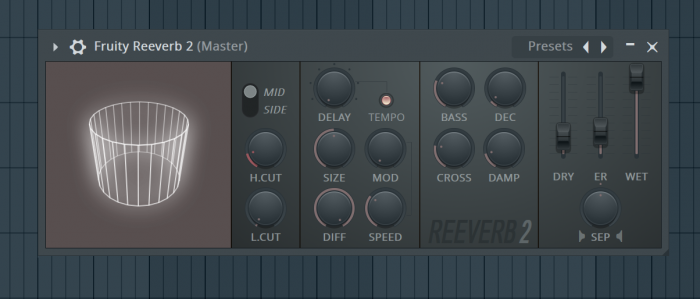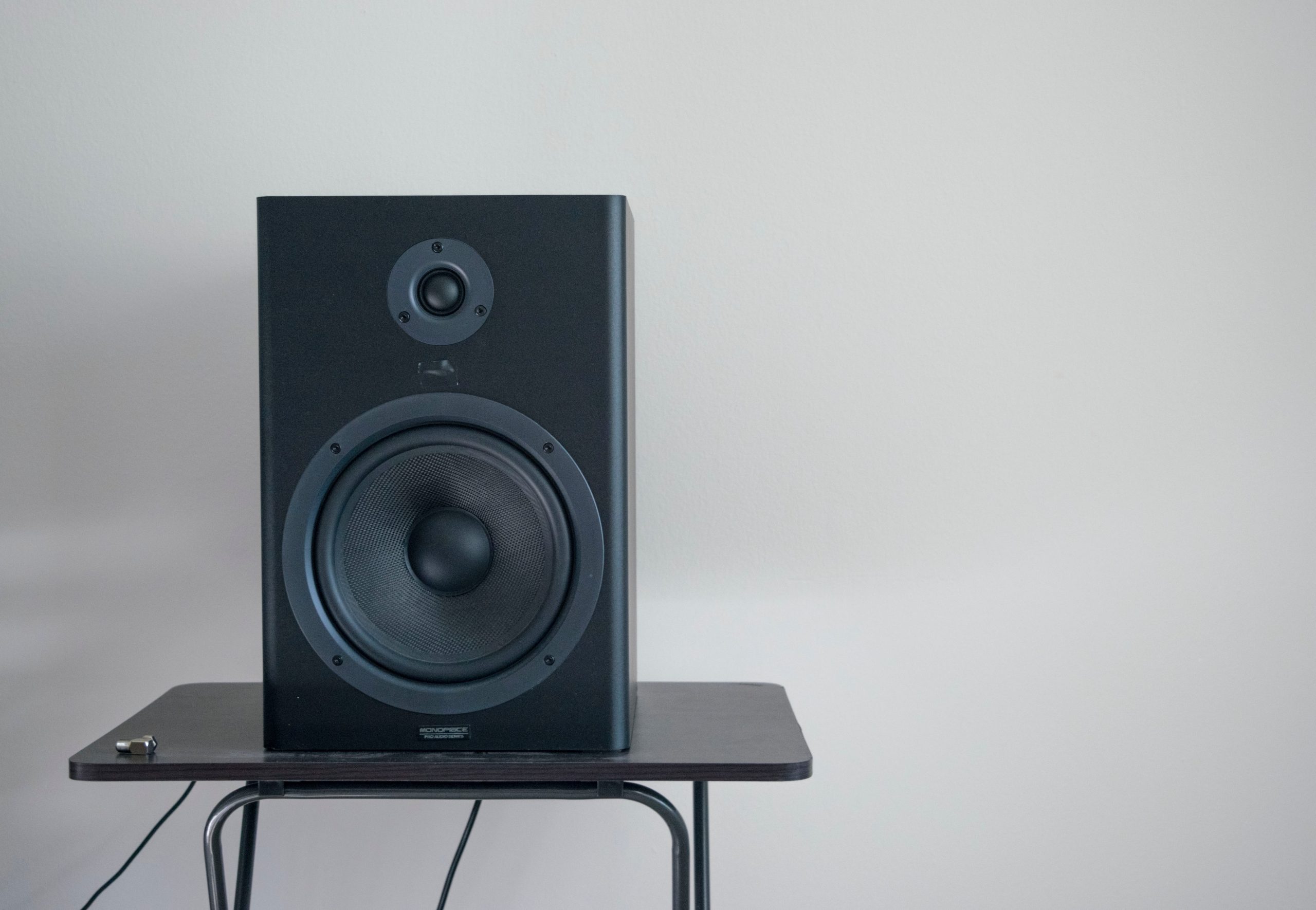Introduction to reverb for music producers
Image Credit: Paul Esch-Laurent
Make sure you’re choosing the right reverb for your sounds with these beginner’s tips for using reverb in music production.
The most commonly used effect in the music producer’s collection is reverb. It helps give flat-sounding songs space and injects some ambience and character into sounds. It’s a simple adjustment that can make your tracks instantly sound a whole lot better.
What is reverb?
Reverb is the sound of a room, the natural characteristics of an enclosed space as sound waves bounce around off the walls, floor and ceiling. A small space means reflections start quicker and end quickly; a larger room, like a concert hall, sound travels further which means a slower start time and longer reverberation.
Reverb plugins place your sound in a virtual room to be set up in whatever way best fits your track.

Use reverb to push a sound around the mix
Where do you want your instrument to “sit” in the mix? Whichever effect you use lets you put your track closer to the front of the mix, or towards the back.
Mixing a lot of reverb with the dry (unprocessed) signal makes the instrument appear further away, and more towards the back of the mix.
Fit it to the tempo and rhythm
If your song is fast, you’re probably going to need a shorter decay on your reverb, otherwise the reverb may end up washing over everything, sacrificing clarity. Equally if you have a lot of sustained notes, a longer reverb might fit, whereas more staccato (stabbing) notes might be enhanced by a tighter reverb.
Rack up the emotion
On vocals and instruments, longer reverbs boost the emotion of a performance, whereas shorter reverb times under a second can create an intimate feel.
Less is more
Too much reverb creates a muddy sound, and leaving some sounds dry helps leave space between them. Generally mixes sound better when you use reverb on a few instruments, rather than laying it over them all. Not every sound needs reverb.
Use reverb to “glue” instruments together
The same reverb across tracks can hold them together in the mix. It can be useful to put all your drum tracks through the same reverb, for example, as it makes them sound like they were all recorded in the same virtual room.
Every mix will require different amounts and types of reverb. Think cinematically about your effects, to get a natural or unusual sound. The best way to learn how to use reverb effectively is by experimenting, playing around with room sizes, types and decay times. Get creative and see if you notice the difference it makes to your producing.
